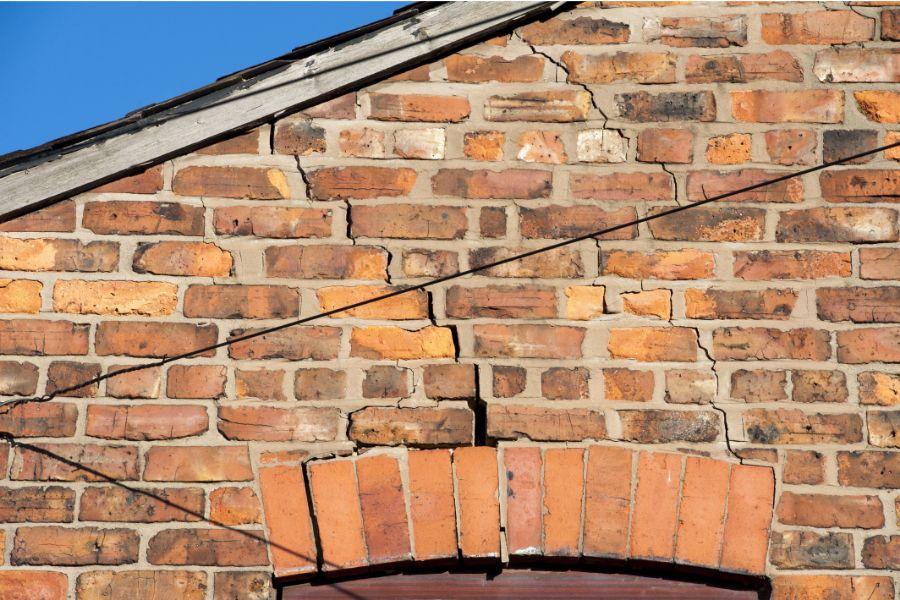When it comes to leasing commercial properties, understanding your obligations and responsibilities as a tenant is crucial, especially when it’s time to hand back the keys. A dilapidations survey is a key process that assesses the condition of the property and outlines any repairs or reinstatements required under the lease agreement. Preparing adequately for this survey can help you avoid unexpected costs and disputes with your landlord. This article outlines the steps tenants can take to prepare for a dilapidations survey effectively.
Understanding Dilapidations Surveys
Before diving into preparation strategies, it’s important to understand what a dilapidations survey entails. Conducted by a qualified surveyor, the purpose of this survey is to evaluate the condition of the property at the end of a lease. The survey identifies any breaches of the lease in terms of maintenance and repairs, leading to a dilapidations claim from the landlord if necessary.
Key Components of a Dilapidations Survey
- Schedule of Condition: A record of the property's condition at the start of the lease, which protects tenants from being held liable for pre-existing damage.
- Interim Surveys: Conducted during the lease term to address issues proactively.
- Terminal Surveys: Conducted at the end of the lease to assess the property's final condition and any necessary repairs.
Importance of Preparation
Preparing for a dilapidations survey can help ensure a smooth transition when ending a lease. Proper preparation can mitigate potential claims from landlords, save costs, and help maintain a good relationship with the property owner.
Steps to Prepare for a Dilapidations Survey
Here are key steps tenants can take to prepare effectively for a dilapidations survey:
1. Review Your Lease Agreement
Understanding your lease agreement is the first step in preparing for a dilapidations survey. Pay close attention to the following:
- Repair and Maintenance Obligations: Identify your responsibilities regarding the property’s upkeep. This includes obligations for repairs, maintenance, and any modifications made during the lease.
- Termination Clauses: Understand the requirements for returning the property at the end of the lease term, including any specific reinstatement obligations.
- Schedule of Condition: If a Schedule of Condition was agreed upon at the start of the lease, refer to it as a benchmark for the property’s condition.
By being fully aware of your lease terms, you can better prepare for the survey and address any necessary repairs.
2. Document the Property’s Condition
Maintaining a detailed record of the property's condition throughout your tenancy can provide invaluable evidence during the dilapidations survey. Consider these actions:
- Take Photographs: Regularly photograph the property, especially areas that may show signs of wear and tear. Document any repairs made during the lease term.
- Keep a Maintenance Log: Maintain a log of all maintenance and repairs conducted throughout your tenancy. Include dates, descriptions of work done, and any invoices related to repairs.
This documentation can serve as a reference point during the survey and protect you from unjust claims.
3. Conduct a Pre-Survey Assessment
Before the formal dilapidations survey, consider conducting your own assessment of the property. Walk through the space and evaluate its condition:
- Identify Issues: Look for any areas that may require repair or attention. This could include plumbing, electrical systems, walls, ceilings, and floors.
- Prioritize Repairs: If you identify issues that fall under your repair obligations, prioritize addressing these before the survey takes place. This proactive approach can help mitigate claims.
4. Communicate with Your Landlord
Open communication with your landlord can help set expectations and prevent misunderstandings:
- Discuss Repairs: If there are known issues with the property, discuss them with your landlord before the survey. This can demonstrate good faith and prevent disputes later.
- Seek Clarity on Expectations: Ensure that you understand your landlord’s expectations regarding the property’s condition and any specific repair requirements.
A collaborative approach can help maintain a positive relationship with your landlord and facilitate smoother negotiations.
5. Hire a Qualified Surveyor
Engaging a qualified surveyor to conduct a dilapidations survey can provide you with expert insights into the property’s condition and your obligations. Consider the following:
- Pre-Survey Consultation: A surveyor can provide a pre-survey consultation to advise you on potential issues and necessary repairs before the official survey.
- Negotiation Support: If disputes arise following the survey, a surveyor can assist you in negotiating with your landlord regarding any claims.
Investing in a professional surveyor can ultimately save you time and money by ensuring that the survey is thorough and fair.
6. Prepare for the Official Survey
As the survey date approaches, ensure that you’re ready:
- Clear the Space: Remove any personal belongings or items that may obstruct the surveyor's access to the property.
- Be Present During the Survey: If possible, be present during the survey to answer any questions the surveyor may have and provide additional context about the property’s condition.
Your involvement can ensure that the survey accurately reflects the property’s state.
Conclusion
Preparing for a dilapidations survey as a tenant is essential to protecting yourself from unnecessary costs and disputes at the end of a lease. By thoroughly reviewing your lease agreement, documenting the property's condition, conducting a pre-survey assessment, and maintaining open communication with your landlord, you can navigate the survey process effectively. Engaging a qualified surveyor can further ensure that the process is fair and transparent. Ultimately, with the right preparation, you can foster a smoother transition and safeguard your financial interests as you conclude your leas

